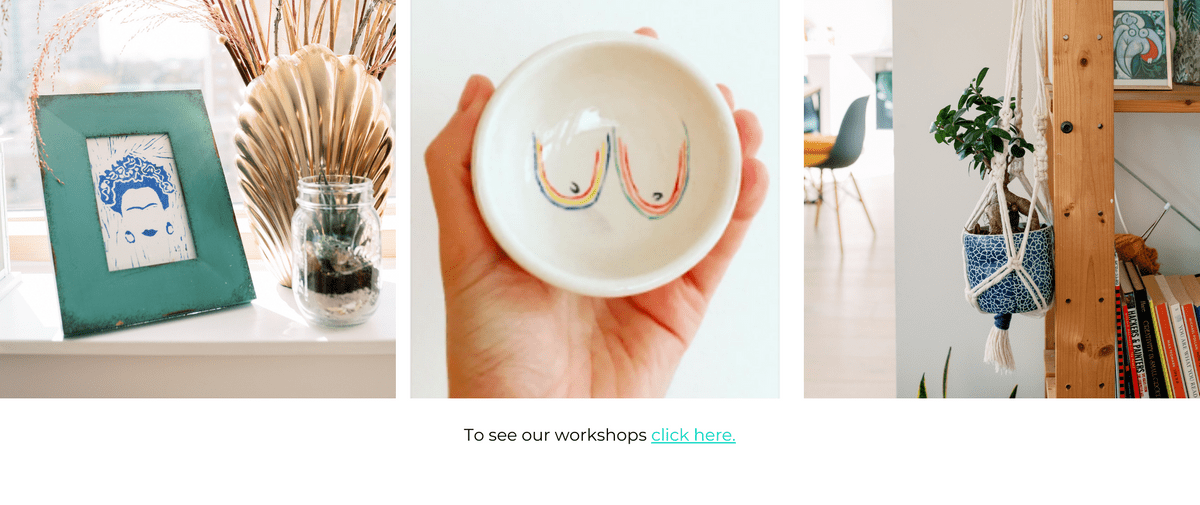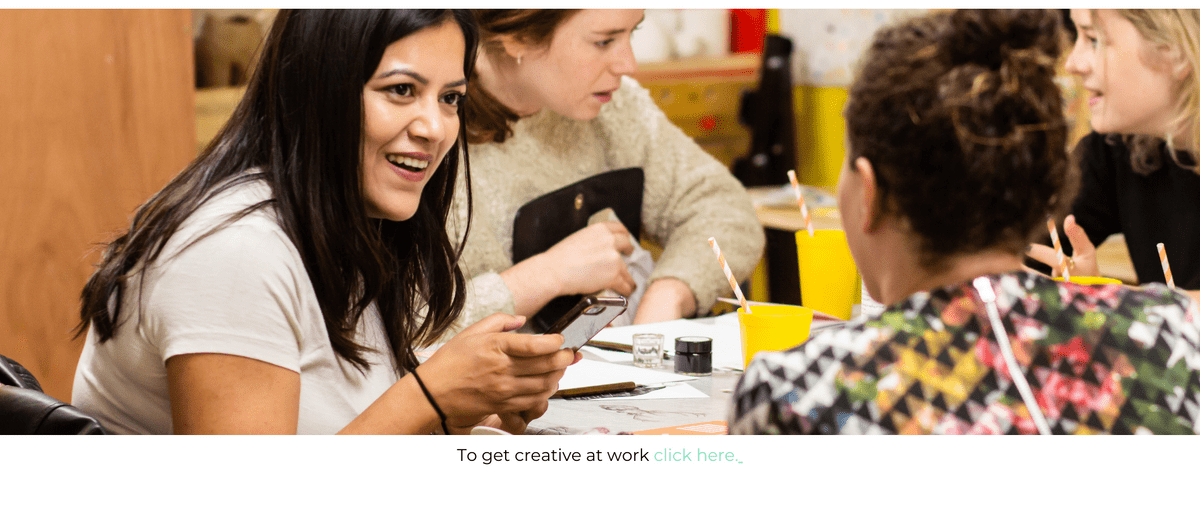Colour is an essential aspect of our daily lives, and it can have a significant impact on our mood and our behaviour.
From the colours we wear to the colours we surround ourselves with, every shade and hue can influence our emotions and how we perceive the world around us. This is why colour psychology is a fascinating area of study that can help us better understand ourselves and others. In this blog post, we will explore how understanding colour psychology can improve your daily life.
What is colour psychology?
Colour psychology is the study of how colours can affect human behaviour and emotions. Different colours can evoke different emotions and can influence our mood, thoughts, and actions. Colour psychologists study the effects of colours on people's perception, cognitive processes, and behaviour to better understand how colours can be used to create a desired effect.
How can colour psychology improve your daily life?
- Enhance your mood
Colours can have a significant impact on our mood. For instance, warm colours such as yellow, orange, and red are believed to evoke feelings of warmth, happiness, and excitement, while cooler shades such as blue and green can create a calming effect. Understanding the emotional impact of this can help you select colours that enhance your mood, such as wearing a bright yellow outfit on a gloomy day.
- Improve your productivity
Amazingly, the colour of your environment can also influence your productivity. Studies have shown that blue and green can increase productivity, while red can have the opposite effect. If you work from home, consider painting your home office in calming shades of blue or green to help you stay focused and productive. Who knew?
- Enhance your creativity
Not only can colours influence productivity and mood but they can also stimulate your creativity! Bright colours such as red and orange can boost your creativity and energise you, while softer colours such as lavender and pink can enhance your imagination. If you're feeling creatively blocked, try surrounding yourself with colours that inspire you, such as artwork or decorative objects in your favourite colours.
- Influence your behaviour
Colour psychology can also be used to influence your behaviour. For example, restaurants often use warm colours such as red and yellow to stimulate appetite, while hospitals use calming shades of blue and green to create a soothing atmosphere. By understanding the effects of different colours on your behaviour, you can use colour to influence your mood and actions, such as wearing red to feel confident during a job interview.
In conclusion, colour psychology is an exciting area of study that can have a significant impact on our daily lives. How will you use this newfound information to enhance your life?
If you are looking to get creative check out our class calendar here.



